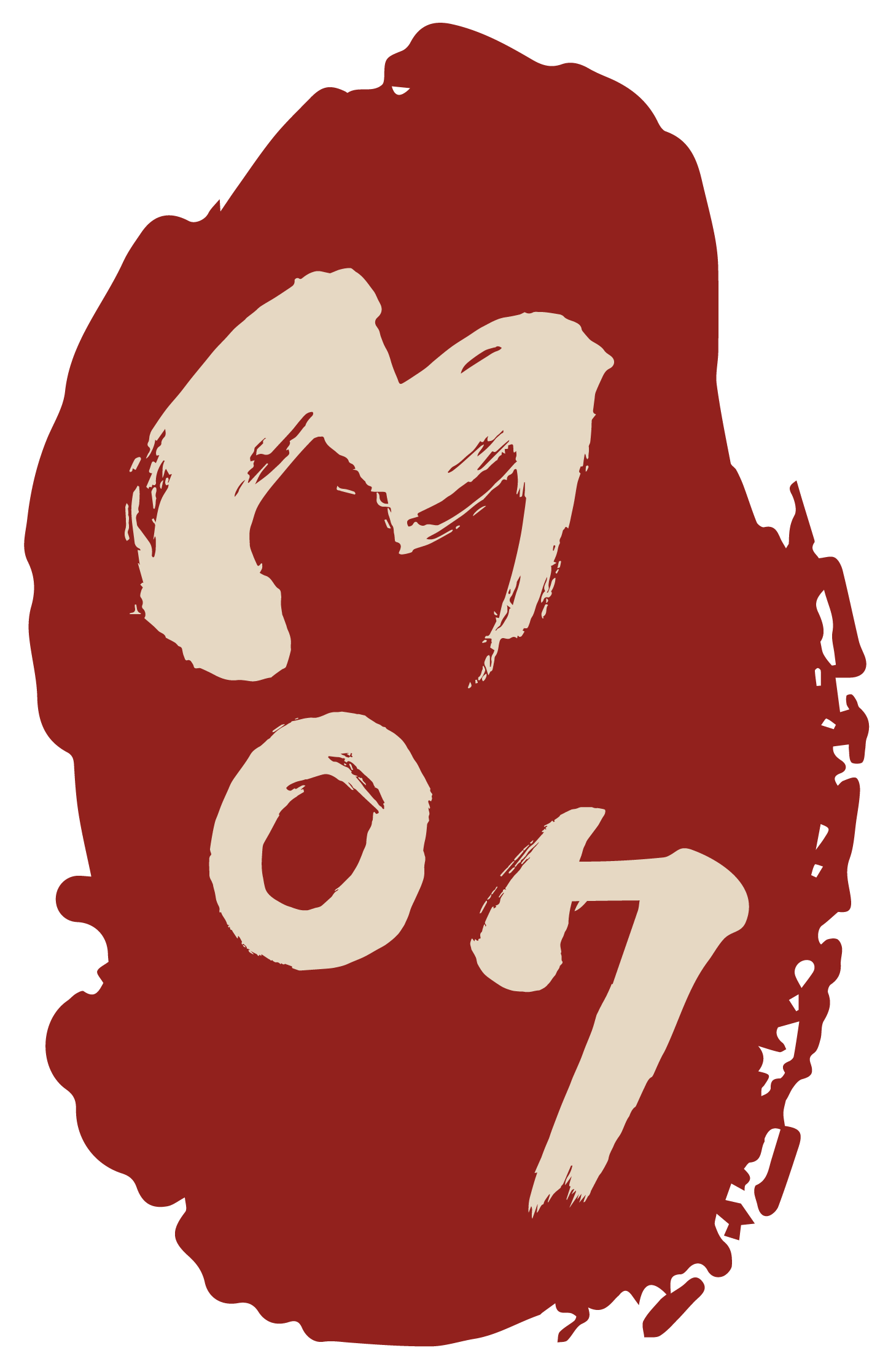Mythological Mirror
Bronze mirror
„Grapes-mirror“ from the Tang-Dynasty with animals and mythical creatures all around. The mirror-side is corroded in white, rust and grey-spots within the greyish main color that had originally dull silverly sheen.
Object ID
Tang_009
Age
Tang Dynasty (618 – 907 AD),
first half 8th century
Material
Bronze
Color
Bronze-colored
Diameter
10.9 cm
Condition
good
Price
on request
Description
The typical „grape-mirror“ from the Tang Dynasty is created in three parts: The inner field shows many grape vines, tendrils, leaves. In between a variety of animals and mythical creatures romp around. In the centre is a semi-circular knob with an opening that is a symbol for the world axis connecting heaven and earth in the shape of a huge mountain top. Particular is the main ornament because it is „absent from other departments of decorative art, is the scheme known as qinshou putao jing, the mirror decorated with birds and animals on grape vine. The comparative uniformity of the design and its close dating within a few decades suggest discrete invention and production at a single workshop. On appearance varying between squirrel, rat and monkey, the animals cavort in very high relief through a net of vine tendrils a few leaves and many bunches of grapes.“ [1] The middle-field is similar to the patterns of the main part and delimited by a ring with dashes.
The pronounced mirror edge outsdide is surrounded by stylized cloud ornaments. According to ancient Chinese belief they frame the edges of the sky. The mirror-side is corroded on white, rust and grey spots within the greyish main color that had originally dull silverly sheen.
Mirrors have always been said to have magical properties. Not only was believed that they reflected a person or an object truthfully, but that they made the true nature visible. On this way already in the early days of Daoism, bronze mirrors were considered as symbols of world- and self-knowledge. [2] (HV)
________________________
[1] Watson, William (1995): The Arts of China To AD 900. Yale University Press Pelican history of art. 242, 243
[2] Wiedehage, Peter (1995): Zwei Spiegel mit mythischen Tieren, geflügelten Wesen und daoistischen Gottheiten. In: Das Alte China. Menschen und Götter im Reich der Mitte 5000 v. Chr. – 220 n. Chr. Hirmer Verlag. München. 371, 372






